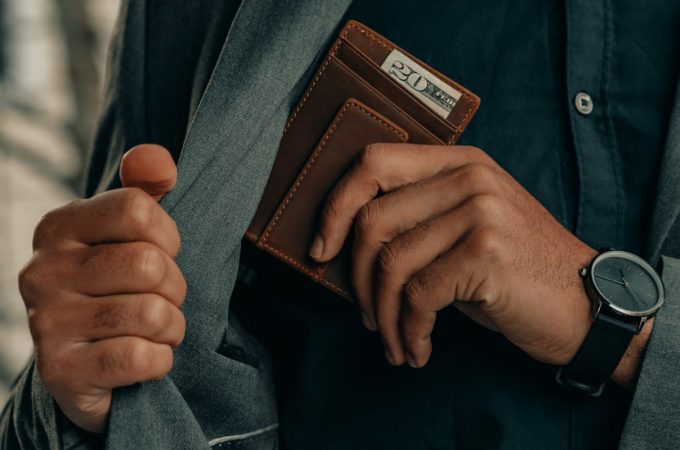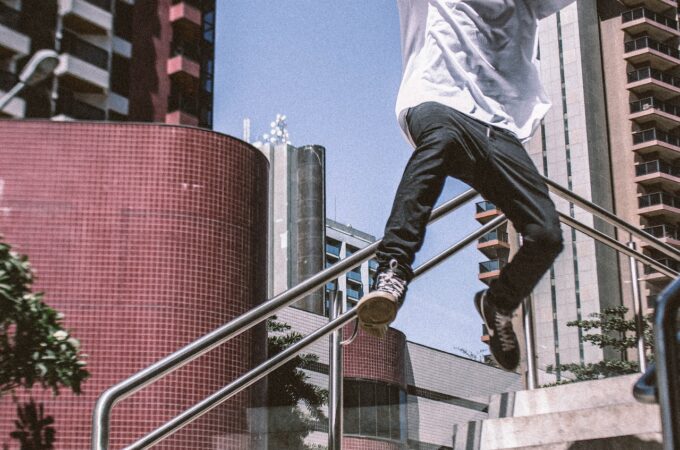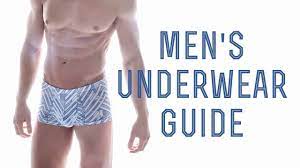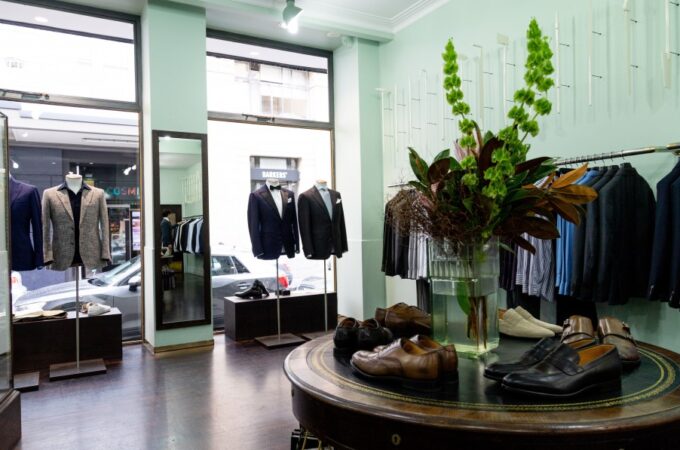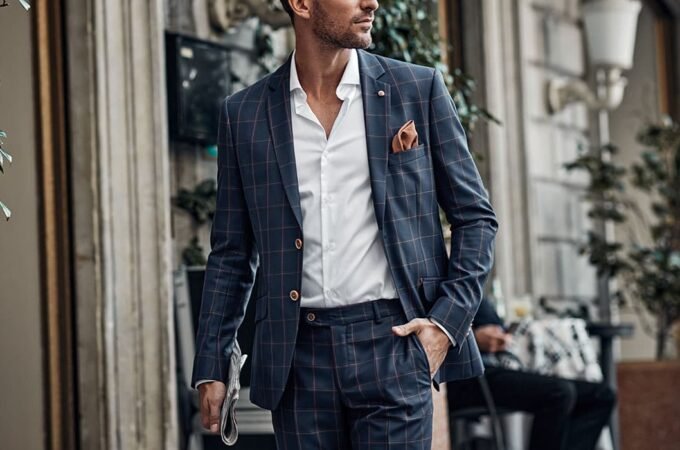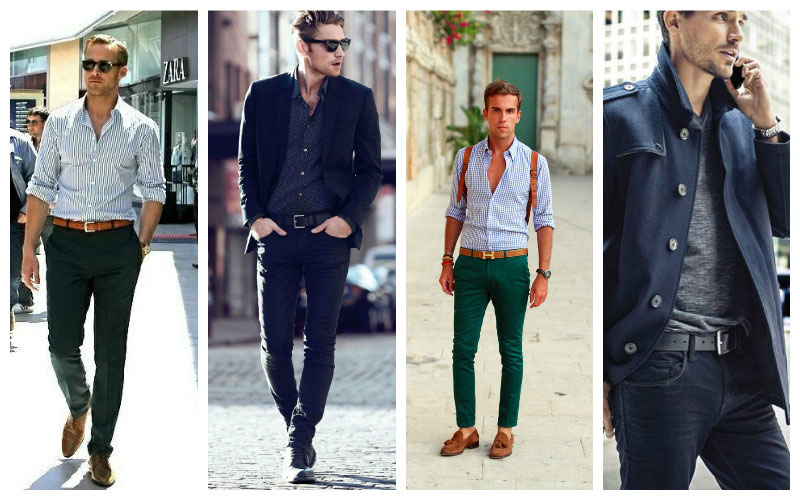
A Comprehensive Guide to Men’s Belts
If you’re shopping around for some new belts, but are unsure which style of belt will best suit your wardrobe, or how to choose different belts for different occasions, don’t fret. Follow the below advice on fashion’s simplest accessory and amp your style up a notch or two.
Picking the right belt

When selecting a belt to wear with your outfit, there are a few rules you should follow:
- Match your belt with your shoes: the best way to shop for a belt is to match it to the shoes you wear the most. Consider the colour of your shoes and also the finish (suede, patent or matte) and buy a belt in the same vein.
- Match the metal in your belt to your accessories: continuing on from point #1, you should match your belt with items in your wardrobe that you wear a lot, including your accessories. Your belt will complement your style best if it is matched other metals like watches, cufflinks and toecaps. For example, if you wear a lot of silver, you should buy a belt with a silver buckle.
- Ensure the belt is the right height: the most versatile belt style that is easy to pair with all trousers styles has a height of around one and a half inches. This excludes skinny belts.
- Experiment with materials: leather may be the most popular belt material, but consider other fabrics such as canvas, cotton or woven, especially when shopping a summer wardrobe.
- Get the length right: the size of your belt is of great importance, and no belt tip should ever fall victim to a DIY trim. As a rule, ensure your belt tip extends past the first belt loop on your trousers but doesn’t reach the second loop.
- Sizing matters: belts are typically measured in inches or centimetres, but some brands use S, M, L, XL to determine belt sizes. If you’re unsure what size you are, try on in store.
Choosing the right belt buckle: formal vs casual

Men’s belts are required for both formal and casual occasions. Formal belts buckles are typically a shiny gold or silver, and in terms of shape they are often small, flat and frame-styled.
Casual-style belt buckles, on the other hand, come in multiple styles, creating more space for experimentation and the incorporation of personal taste.
Casual belt buckles are typically larger than their formal counterparts. The different shapes include box-frame, D-ring, O-ring and “snap”. In terms of plate style, casual buckles are usually decorated and embellished (i.e. Cowboy).
How and when to wear different belt styles

Good accessorising is all about complementing and accentuating. Get belting for different occasions right by following the below tips.
Belting casual outfits – the best way to incorporate a belt into a casual outfit is with a casual leather belt that is matte or soft instead of polished. With a casual leather belt, you can separate pieces, e.g. wearing a casual leather belt with a white t-shirt and black denim jeans. A softball belt is a versatile accessory that not only holds your pants in place but also adds a touch of style to your outfit. Crafted with durability in mind, men’s softball belts are designed to withstand the rigors of the game while keeping you comfortable on the field. Whether you’re hitting home runs or stepping up your casual attire, a softball belt is a practical and fashionable choice.
Woven belts are also great for belting more casual ensembles. They soften up outfits by adding texture, which is perfect for summer outfits such as a linen shirt and tailored trousers.
Belting formal outfits – when dressing for a formal occasion, you should opt for a smart leather belt in either black, dark brown or tan.
A dark brown leather belt is a widely popular belt variety due to its versatility and looks best teamed with dark-toned trousers. A black leather belt, on the other hand, looks best when paired with a grey or monochrome ensemble, making it less wearable than a dark brown leather belt. A tan leather belt is another good option for accessorising a formal outfit and looks best worn with navy, khaki or brown tailoring.
Conclusion
Belting is an important feature of dressing that shouldn’t be overlooked. The right belt accessory can complete any look – casual or formal – and elevate a man’s personal style. Consult this guide and ensure you have the right selection of belts to complement your wardrobe!
